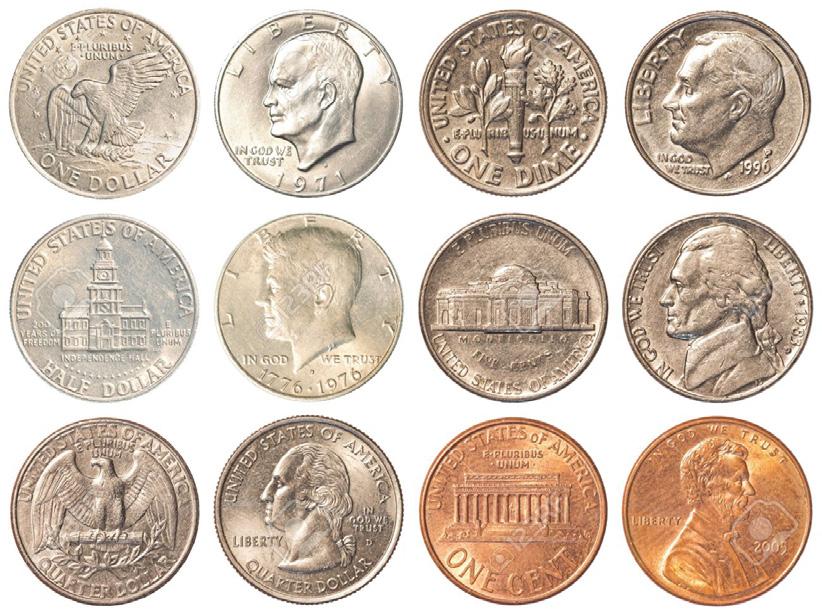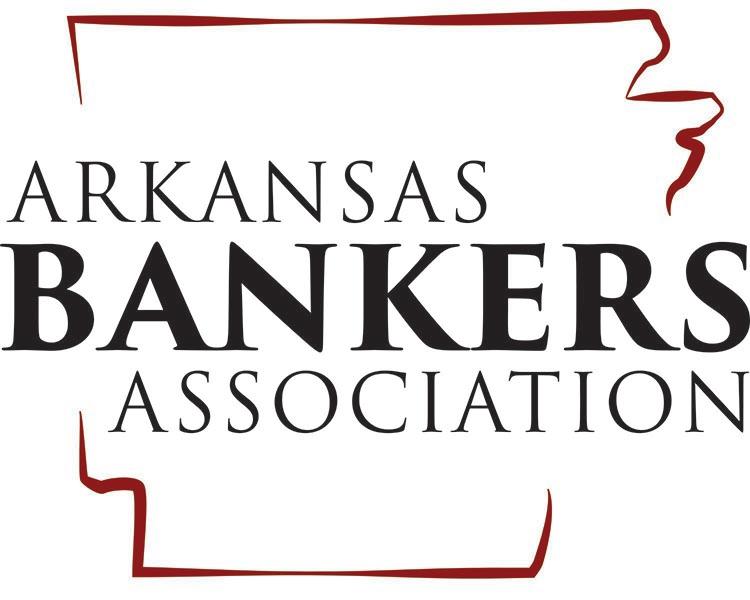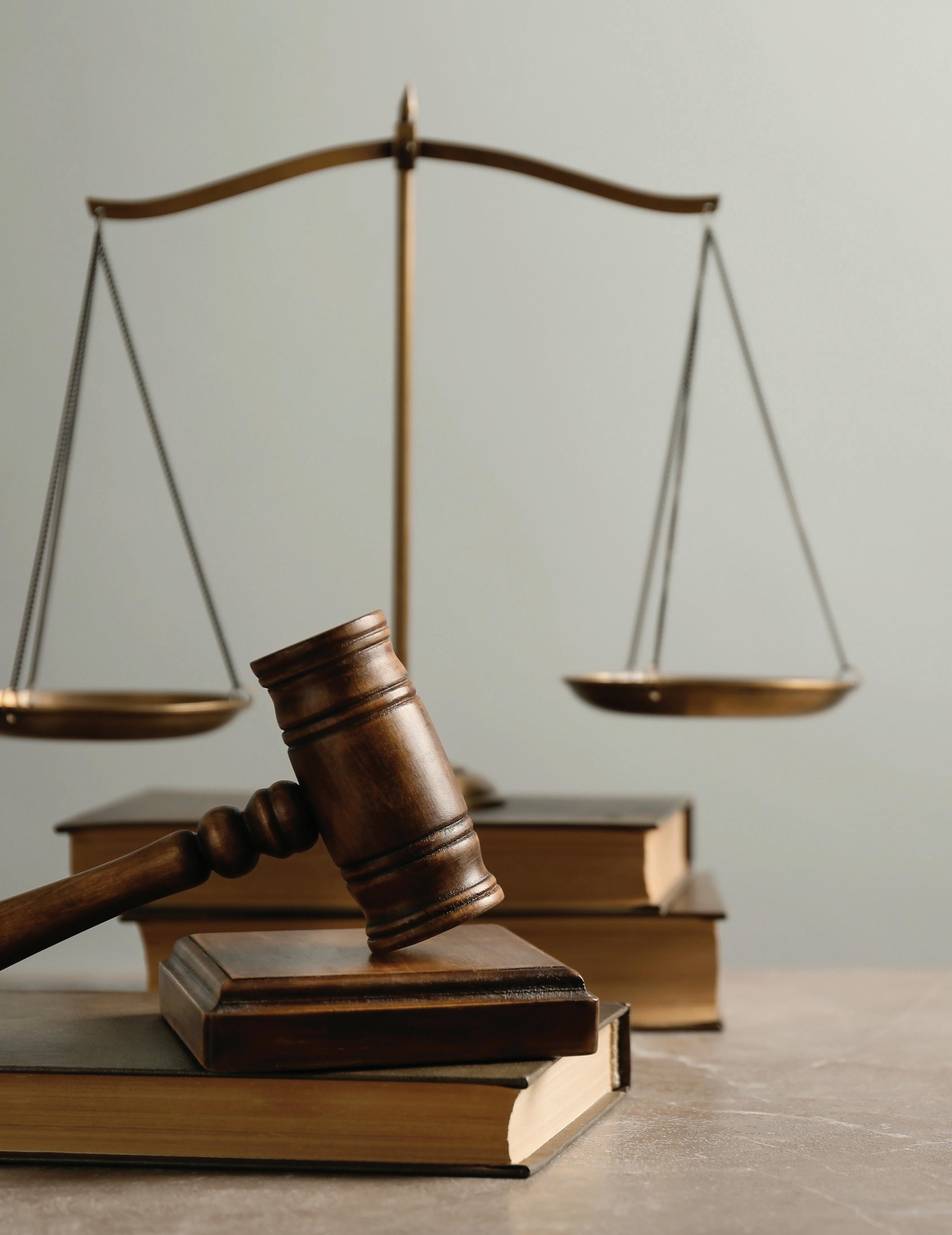
10 minute read
Small Steps to a Greener Bank
Small Steps Greener to a Bank
Article Courtesy of Office Depot
financial organizations such as banks have not historically been thought of as having significant environmental impacts. However, this reasoning is myopic. Banks and other financial services firms can have a multitude of direct and indirect environmental impacts: from the products and services they buy, to the everyday commuting 4. Ask how does the bank approve or disapprove of new programs? Are budgets constrained and cost savings critical or are there opportunities to invest in ideas that deliver returns over time? What is the timeline for payback? Answering these questions can help establish your bank’s priorities. and travel of their staff, to the buildings they occupy and the waste they generate. Since it is actually demand for products, Step Two: Buy Greener buildings and fuel that drives upstream environmental im- Since purchasing drives environmental impacts up the supply pacts, shifting demand to greener alternatives can significant- chain, buying greener can help reduce impacts all the way up ly reduce environmental impacts. that chain.


Step One: Ask Why Green? Before starting a green program, the most important first step is to ask why go green? For a greening effort, this may be done most effectively with a small “green team” of interested people at every level, across functions. It is useful to include a representative from upper level management as the “champion”, a senior manager with overall responsibility for implementation, a facilities manager, a purchasing manager and an administrative assistant.
The following fundamental questions can be used to prioritize your efforts.
1. Ask what are the bank’s main environmental impacts? In banks, common impacts include paper and office supplies purchases, printing, text purchases, technology purchase and use, landfill waste, travel to client meetings, electricity, and new building construction.
2. Ask where are these impacts more significant – at the bank’s head office or at its branch locations? In certain departments or equally across the bank? Answers to these questions will help you focus on reducing your most material environmental impacts.
3. Ask which environmental issues matter most to the bank?
This may be as much a personal question as an organizational one, and there may also be a link between the two: does the bank have a stated interest in energy and climate change?
Deforestation and biodiversity? Reducing toxic chemicals?
Minimizing waste? The bank’s main concerns could drive first actions. 26 The Arkansas Banker n Fall 2020
“Greener” products…that help reduce the environmental impacts most important to the bank…while focusing on the highest expense categories…in each office or offices where the bank spends the most on these products.
Another consideration is how green does the bank want to buy? Historically “green” has been a binary concept: products have been considered “green” or “not green.” But this is a flawed simplification. There is a continuum of green-ness: from not green to light green to dark green. Any product -- even if it has just a minor green benefit -- is likely “greener” than another without that benefit. The greenest products deliver maximum environmental benefits across the product lifecycle.
Cost and Quality Considerations A recent Supply Chain Study (The Green Supply Chain, published by CSC, Manhattan Associates and IBM) confirms that concerns about cost justification constitute the most signifi cant barrier to implementing a sustainable supply chain strategy. But while buying green may mean spending more for some products, the reality is that over a “basket of goods” it can be less expensive in the long run to go green at the office.
Don’t believe it? Within the office context, calculate how much money is spent on new ink and toner cartridges. By switching to remanufactured cartridges a typical bank can save over 10% of what may be a large sum. The quality of remanufactured cartridges has improved significantly recently – today’s remanufacturing processes result in high quality, guaranteed cartridges that work effectively every day.
The second major category of purchasing in banks is often paper. Buying recycled paper products can help divert this resource from landfill into new paper products. Just as the quality of remanufactured cartridges has improved, so has the quality of recycled paper products.
In addition to products that feature the benefits of containing recycled content, office products may contain a wider range of other green benefits. Durable and refillable pens and pencils can generally be considered greener than disposable; biodegradable packaging and dishware can generally be considered greener than Styrofoam. All of these choices help reduce the pressure on resources and can result in less waste.
Another category of products to consider in a quest for a greener bank is technology. Climate change is one of the most significant environmental issues of the day. One main solution to climate change is to use less electricity. Using energy effi cient products can lower utility costs and reduce the carbon emissions associated with climate change. Smaller items like laptops or LCD panels also provide green benefits because these products generally draw less energy than larger alternatives.
Finally, switching employee desk-lights to Compact Fluorescent Lightbulbs (CFL) and retrofitting office lighting may represent a very quick and cost-effective way to reduce energy costs and carbon footprints.
Step Three: Be Greener Buying green means using purchasing dollars to encourage greener products in the supply chain. But “being green” need not cost a dime. To start being greener in the bank, consider five simple tips:
Switch off to save: Encouraging employees to turn off lights and computers while not working - day or night - can save energy and reduce utility bills and carbon emissions. By plugging all your electronics into a power strip – all the office equipment can be turned off in one go.
Drop the disposable cups and bottles: Using a reusable mug for coffee and a glass for water can help reduce waste and resource use and save the bank money. Think before you print and print double sided: Financial industry professionals often have a strong predilection to printing, then filing. Keeping documents electronically not only saves paper but simplifies searching. By printing double-sided you can save up to 50% on paper costs. .
Recycle everything you can: Recycling programs can be set up for almost every end-of-life material in every office of a bank. The office facilities manager can work with local waste authorities and shredding firms to recycle recyclable products.
Work to reduce fuel: Working with suppliers also affords opportunities to be green and reduce fuel. By consolidating orders or switching to biweekly or weekly delivery schedules for regularly shipped items - such as office supplies - greenhouse gas emissions associated with every day delivery can be reduced.
Step 4: Sell Green Once the bank’s “green team” has decided what to do, one of the realities of green efforts is that organization-wide support is, at least initially, not necessarily enthusiastic. But “new green” thinking is about not forcing change onto unreceptive audiences, but encouraging small steps in a greener direction without being imposing.
By helping people within the bank see that they can personally benefit from greener office programs, they are more likely to join the efforts than resist it. To “sell green” it is also important to debunk some myths. Running pilots on greener products and developing simple financial models to show how buying green and being green can save money can help convert even the most ardent naysayers.
Step 5: Tell Green Finally, there is nothing that encourages like positive reinforcement. Celebrate the bank’s achievements by creating a website or report detailing your progress. Telling customers, competitors, and employees about your green programs can help them understand and appreciate them. By celebrating even small wins with communication, events and press releases, you can create momentum for broader green office efforts.
Ian Bryan



Community Banker - Commercial Lending Simmons Bank, Russellville, AR
What can banks do to better appeal to millennials – in the workforce and as customers?
As I embrace the world of the millennials (oddly, generational labeling may never change), expectations for how I choose to manage financial goals and processes for my life may vary slightly from other generations. Even as I view my role in the banking business, quick access to information is key and often critical to decision making for personal and business needs. Online services, through the use of mobile banking, offer me enhanced efficiencies and ready-services while I’m on-the-go. Also, online paperless account management services become an invaluable tool to assist in oversight and organization of finance information, making access available at my demand. As banking services continue to evolve, the ability to handle personal and workplace processes for personal or business accounts, loans, and even investments services with expediency, ease, accuracy and security is necessary. The challenges for meeting the expectations of internal and external partners and customers offer exciting opportunities for the present millennials and future generations (even with the on-going labeling).
What technology innovation has made the most impact on your life?
As mentioned above, the growth and enhancement of mobile device capabilities has changed the world in ways that are presently apparent. However, as this technology continues to develop over the next 5 to 10 years, the growth of personal and business processes can be almost limitless for future banking services. The “total” virtual bank may just be the next reality.
What civic project has your bank participated in that touched you the most?
Although the role of banking generally involves providing financial services to customers and clients in a local community, the connection with the residents in an area serves as a means to positively influence community involvement. A recent outreach by Simmons Bank, the Walk to Defeat ALS, brought many residents together in an effort to raise money for a very important cause, finding a treatment and a cure for Lou Gehrig’s Disease. As an athlete since my early childhood through college, and learning about Mr. Gehrig and his battle with ALS, it was an honor to recognize his life through the fund-raising efforts of Simmons Bank. This project made a huge difference in the support of those affected by this terrible disease, even our very own Simmons First Foundation Chairman, Mr. Tommy May.
What can you simply not resist?
A never-ending supply of a Rico Suave Jackhammer (Vanilla frozen custard blended with roasted pecans and Oreos, with a center filled with hot fudge) from Andy’s and an under-par round of golf at Augusta National. However, to stay within the banking industry topic, it would be almost impossible to resist the opportunity of creating services that met all the needs and desires of our banking customers and clients.
coins DURING THE CORONAVIRUS OUTBREAK UNDERSTANDING Ways to Collect Coins from Customers During the Covid-19 Pandemic Ways to Collect Coins from Customers During the COVID-19 Pandemic
The Federal Reserve has announced that coin circulation has slowed during the Covid-19 Pandemic. In order to meet customer demand, here are some tips for increasing coin deposits in your institution and to help increase coin circulation. The Federal Reserve has announced that coin circulation has slowed during the COVID-19 Pandemic. In order to meet customer demand, here are some tips for increasing coin deposits in your institution and to help increase coin circulation.
1.Offer free coin counting.
Many banks have coin counting machines. Offer use of these machines at no charge to help customers convert coin holdings to cash, or, even better, deposits!
2.Create an education opportunity!
With many children at home due to the Covid-19 With many children at home due to the COVID-19 pandemic, counting coins creates a great math lesson pandemic, counting coins creates a great math lesson for children as well as the opportunity to learn about for children as well as the opportunity to learn about money! money!

3.Offer free coin wrappers.
Providing customers a means of organizing their coins at home increases the likelihood of customers combining coins into an aggregate tangible sum to be deposited at your bank.
4.Empty out the piggy banks!
Many children get piggy banks as a gift when they are children but sit untouched with accumulated coins. Encourage customers to empty out of those piggy banks and create tangible savings towards a goal!

5.Earn money on the coins.
Educate customers that coins sitting at the house Educate customers that coins sitting at the house are not earning interest. There are many options are not earning interest. There are many options for for opening accounts that earn interest including some accounts for minors. opening accounts that earn interest including KY










